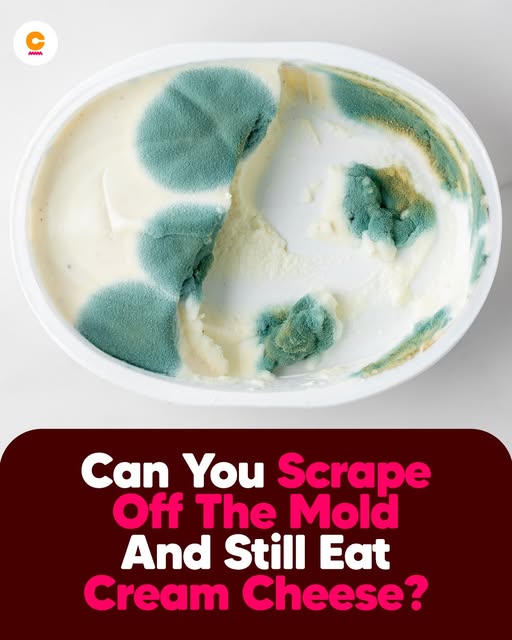The doubt is legitimate. It is food, and wasting it is always a sin. Furthermore, cheese can be an excellent source of protein (100 g of caciocavallo contains a third more than an equal amount of chicken) and a quality artisanal product. It almost seems that even molds appreciate these characteristics and that is why they are fond of cheese; this is why this food tends to mold so easily.
The choice of whether to throw it away or try to recover it depends on various factors. Of course, you shouldn’t adopt the tasting tactic to decide: some molds are dangerous and it goes without saying that tasting a potentially dangerous food to check if it is edible is absolutely not a good idea. Instead, evaluate what type of cheese it is, how it was stored and how extensive the contamination is; taking these three factors into account will help you understand if you can remove the moldy part or if it is better to throw everything in the garbage. Now we’ll explain why.
The Difference Between Soft, Hard and Semi-Hard Cheeses
Unfortunately, a soft cheese that has mold is inexorably destined to end up in the garbage. The mold that contaminates it can in fact extend well beyond what you can see with the naked eye, insinuating itself inside with invisible extensions even for several centimeters. Furthermore, it may have produced toxins that may have spread to other parts of the moldy cheese Food Safety: How Dangerous Are Moldy Fruits And What Should You Do When You Eat One?
The probability of this happening is higher if the cheese is soft (for example if it is spreadable cheese) and with dairy products such as ricotta and cottage cheese. On the contrary, in hard cheeses (such as Parmesan) and semi-hard cheeses (such as Emmental) any contamination remains more limited to the area where it is visible.
Also keep in mind that moldy soft cheese may also be contaminated with other dangerous microorganisms, such as listeria and salmonella. In short, resign yourself: moldy soft cheeses cannot be salvaged.
SEE NEXT
ADVERTISEMENT

